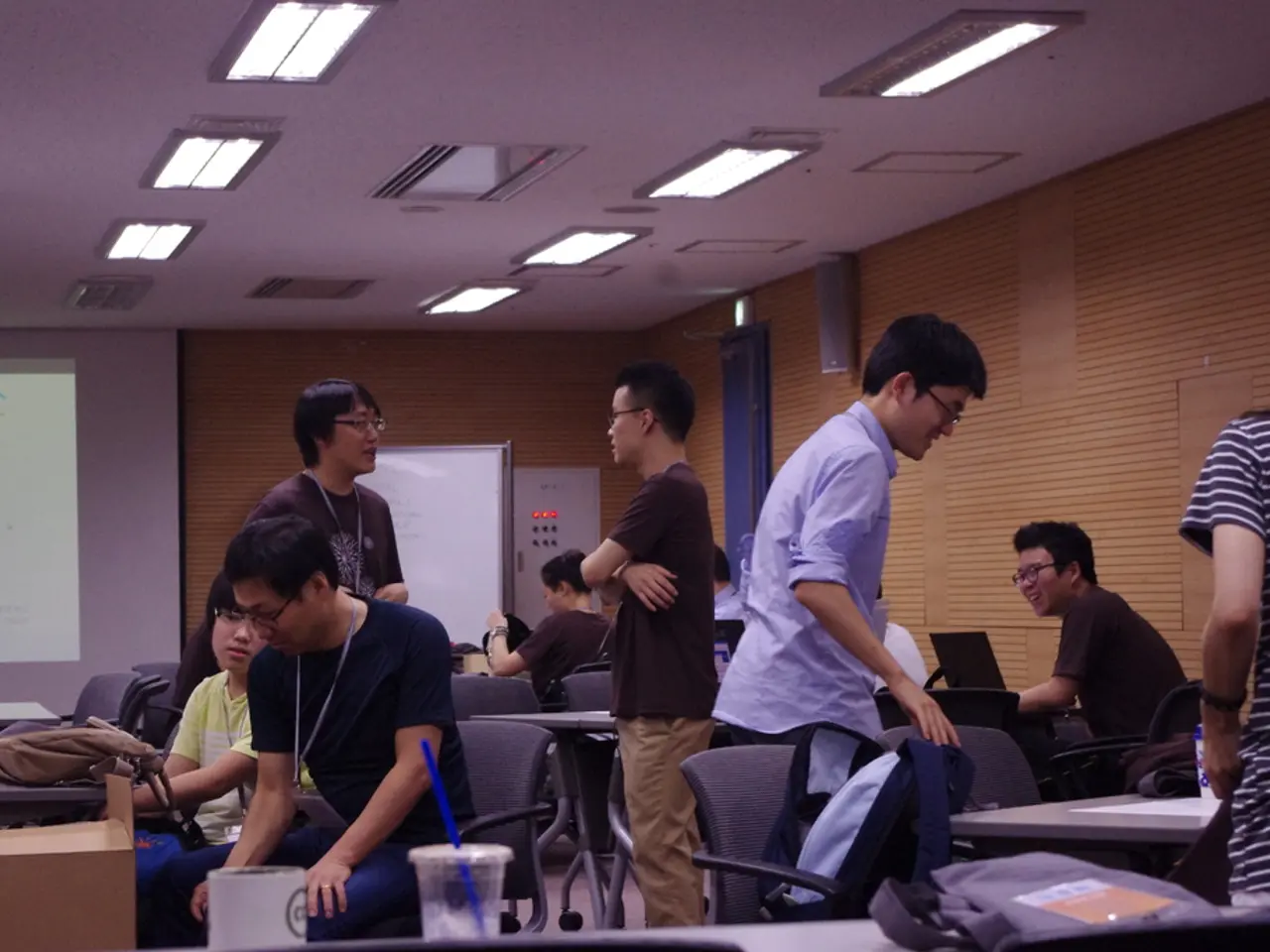Extensive Insights into Enhancing IB ToK Presentations
The IB Theory of Knowledge (TOK) presentation is a crucial aspect of the IB course, offering students an opportunity to explore, question, and share their unique perspectives on knowledge. To craft an effective TOK presentation, follow these steps:
- Choose a Compelling Real-life Situation
Select a concrete, engaging, and knowledge-exploration-friendly real-life situation. This should allow you to relate to TOK themes while being specific enough to analyze deeply. Choose two or three meaningful objects or examples tied to this situation, which will anchor your presentation and illustrate your points practically.
- Formulate a Strong Knowledge Question (KQ)
Your KQ should be open-ended, tied to knowledge itself, and directly emerge from your real-life situation. For instance, "To what extent is perception reliable in the natural sciences?" This KQ invites exploration from multiple perspectives and allows for discussion involving Areas of Knowledge (AOKs) and Ways of Knowing (WOKs).
- Link Your KQ with Appropriate AOKs and WOKs
Explicitly link your KQ with relevant AOKs (such as Natural Sciences, History, Ethics) and WOKs (like perception, reason, language, emotion). For example, if your real-life situation involves eyewitness testimony (perception and memory), you might examine it through Human Sciences and Ethics to reveal different knowledge issues and perspectives.
- Structure Your Presentation Effectively
Follow a clear progression: - Introduction: Present your real-life situation and clearly state your KQ. - Exploration: Discuss claims and counterclaims related to the KQ, supported by your chosen examples/objects. - Analysis: Connect these claims with AOKs and WOKs, analyzing how they support or challenge your KQ. - Conclusion: Summarize insights and reflect on implications or uncertainties around your KQ.
- Deliver Confidently
Know your material well to avoid a monotonous delivery. Use a confident tone and body language, make eye contact, and engage your audience to demonstrate your understanding and enthusiasm. Preparing thoroughly with practice will improve your fluency and impact.
- Stay Within Time and Word Limits
Ensure your presentation is within the IB time limit (generally 10 minutes) and word limit (about 950 words when scripted). Use your objects interactively to avoid a monologue and make your presentation more engaging.
- Improve with Feedback
Feedback from peers or teachers can help you refine and improve your TOK presentation.
- Use Visual Aids and Personal Experiences
Visual aids should support the points made in the presentation without distracting from the message. Adding personal experiences can make the presentation more relatable.
- Embrace Critical Thinking and Real-world Application
Thorough preparation, critical thinking, and real-world application are key to a successful TOK presentation. Approach the TOK presentation with curiosity and focus, as a way to show your unique perspective on knowledge.
- Utilize Resources to Deepen Understanding
The Questionbank from RevisionDojo can help deepen your understanding of different perspectives and improve your analysis.
By following these steps, you'll be well on your way to crafting and delivering a strong TOK presentation that demonstrates critical thinking, analysis, and the use of multiple perspectives, as expected by the IB.
- To effectively practice your IB Theory of Knowledge (TOK) presentation, incorporate practice questions focusing on the real-life situation, education-and-self-development, personal-growth, and learning aspects of the presentation.
- Your exploration of different perspectives during TOK presentation preparation can also serve as an opportunity for learning, making it a valuable addition to your education-and-self-development journey for personal-growth.




